How To Cut Grass On A Steep Hill


Mowing is a necessary -- though tedious -- weekly chore. While it is common, there are still safety concerns, and it is best not to get complacent about the activity. Cutting grass on steep slopes poses some challenges and potential danger. Especially when mowing steep slopes, where the pitch may destabilize the mower. Some tips on cutting grass on a hill will provide safety guides and make the task easier.
The U.S. Product Safety Commission warns that over 80,000 gardeners are treated for mower induced injuries annually. This is an alarming number and reflects the great respect we should have for lawn cutting machines. Knowing how to mow grass on a hill can help prevent the operator from slipping, or the machine from tipping. Always follow the manufacturers’ instructions and remove obstructions before beginning mowing.
Tips on Cutting Grass on Steep Slopes
In hilly areas, avoid mowing when the grass is wet. Wet grass is slippery and could cause a slip or fall. Wear good shoes or work boots on sloped sites, preferably with good gripping soles and with covered toes. Other personal safety gear such as glasses are recommended. Long pants and sleeves will help protect skin from flying debris. Clear the area of impediments, and make sure children and pets aren't underfoot. Mow in forward strokes, never backward which could catch the operator's foot. Make sure you check gas and oil levels on a level area. In order to make mowing steep slopes easier and safer, check tire pressure and add air for optimal performance.
How to Mow Grass on a Hill with a Push Mower
It might be tempting to mow up and down a hill but it isn't the safest method. The best way to cut grass on a hill is to push the mower across the slope rather than down. This provides better grip for a push mower and can minimize slips. Additionally, it can prevent the operator from slipping under the mower or the mower to roll back onto you. If a slope is extremely pitched it is best not to try to cut the grass with a push mower. A weed wacker is an effective and safe option if there is adequate foot purchase. Only operate the mower on a slope if you are experienced and have proper safety gear.
Operating a Rider Mower on Slopes
If using a rider mower, avoid stopping on a slope but do mow up and down. This will minimize the possibility of the machine tipping. Disengage the blades and turn slowly at the bottom of the hill. Trying to turn at the top is fighting gravity and could result in the machine tipping over. Rider mowers are 100s of pounds and such an incident could cause injury. Additionally, righting the machine will be very difficult. If you are using a grass catcher, make sure you empty it frequently to avoid excess weight on one side which will destabilize the mower. Follow good safety practices and manufacturer warnings.
Gardening tips, videos, info and more delivered right to your inbox!
Sign up for the Gardening Know How newsletter today and receive a free copy of our e-book "How to Grow Delicious Tomatoes".

Bonnie Grant is a professional landscaper with a Certification in Urban Gardening. She has been gardening and writing for 15 years. A former professional chef, she has a passion for edible landscaping.
-
 How Much Sun Do Roses Need To Grow? Understanding Rose Light Requirements
How Much Sun Do Roses Need To Grow? Understanding Rose Light RequirementsDiscover how much sunlight your roses really need to grow strong, bloom beautifully, and stay healthy all season long.
-
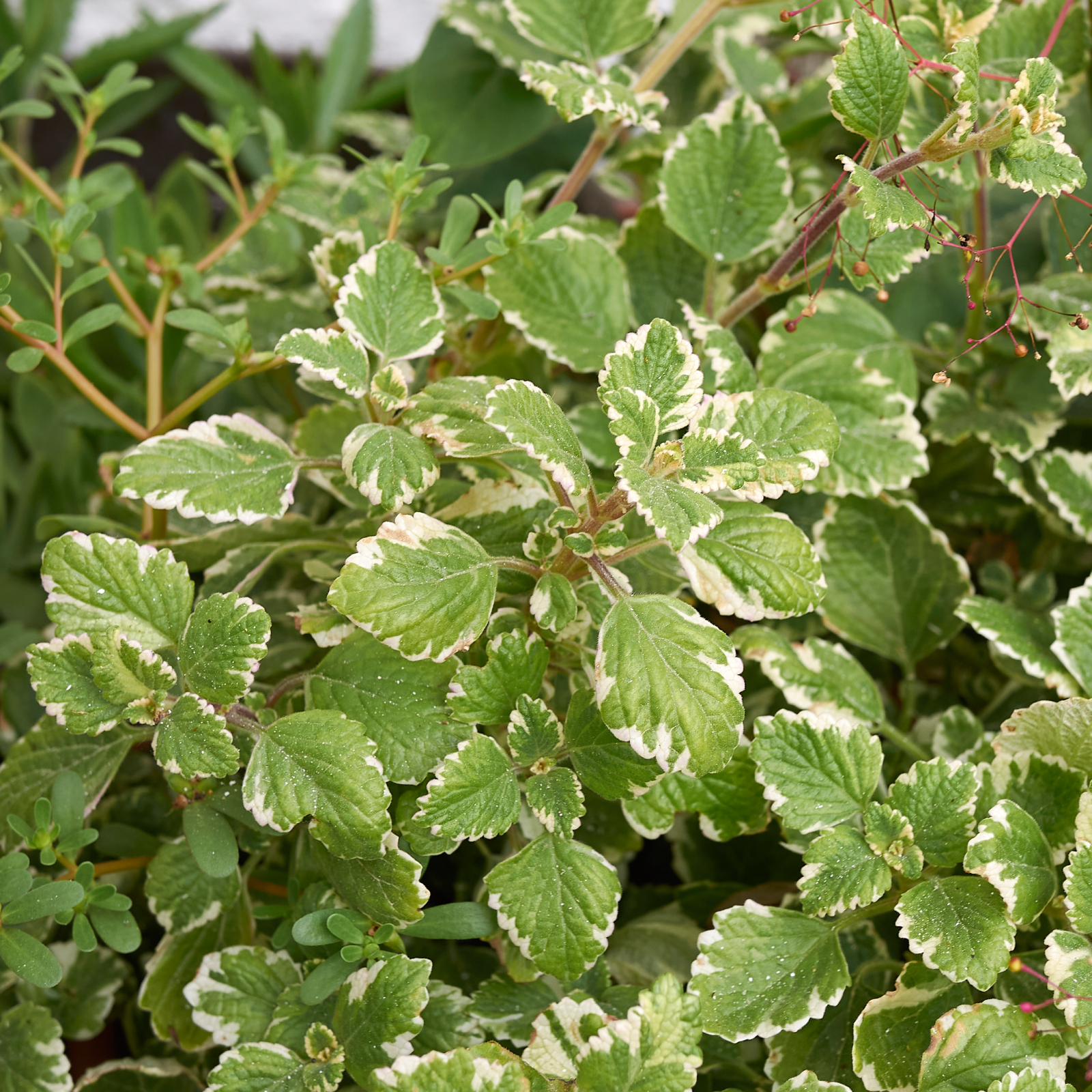 Which Ivy Is Best For A Garden? 7 Varieties Of Ivy To Grow (And 2 To Avoid)
Which Ivy Is Best For A Garden? 7 Varieties Of Ivy To Grow (And 2 To Avoid)Lots of varieties of ivy can complement your garden, provide groundcover, or create a private oasis, but which is best? Explore our top picks for beautiful ivy.
-
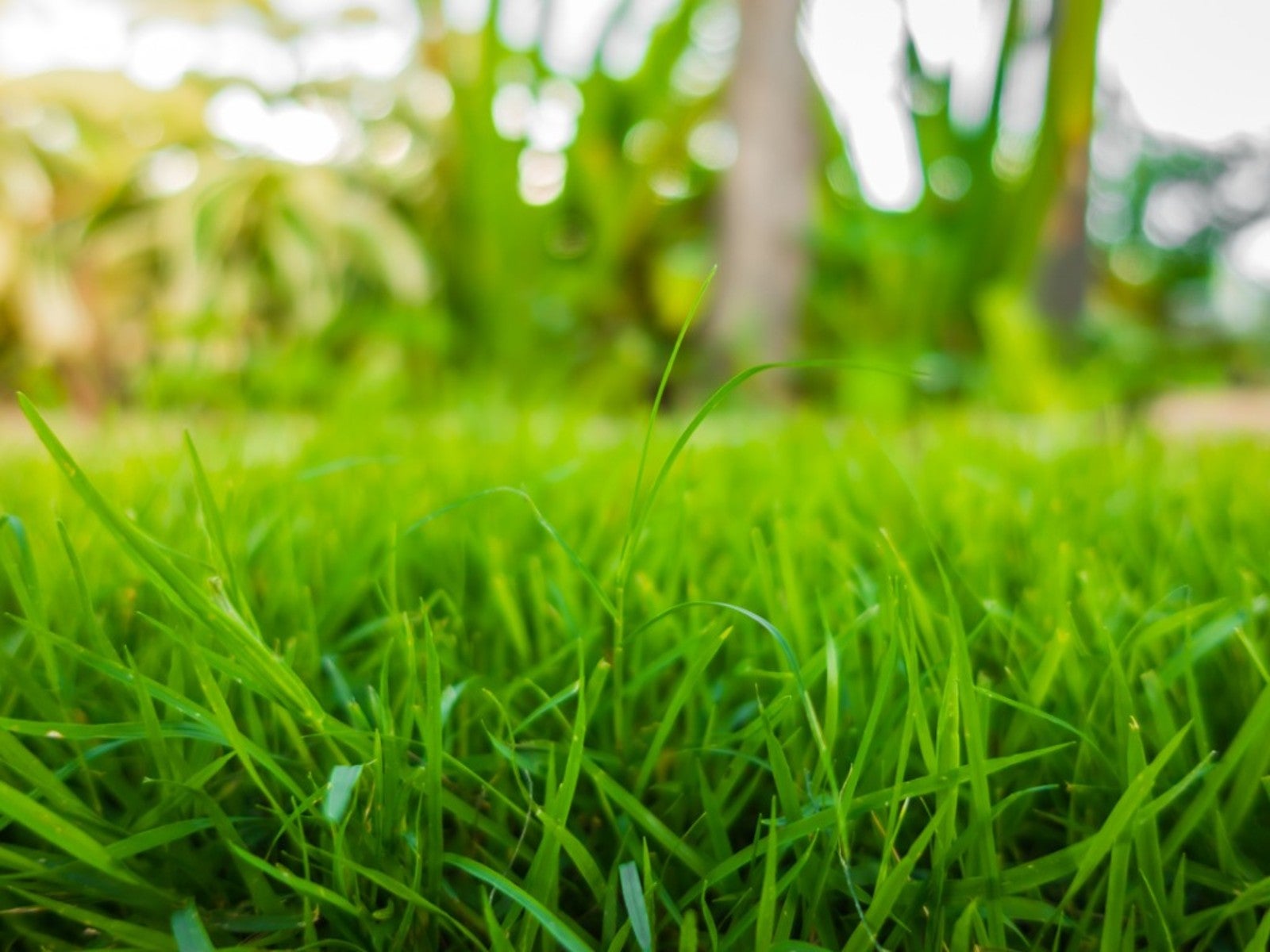 Sustainable Turf Species For A Greener Lawn
Sustainable Turf Species For A Greener LawnClick here for some of the most sustainable types of turf grass you can grow for an eco-friendly lawn.
-
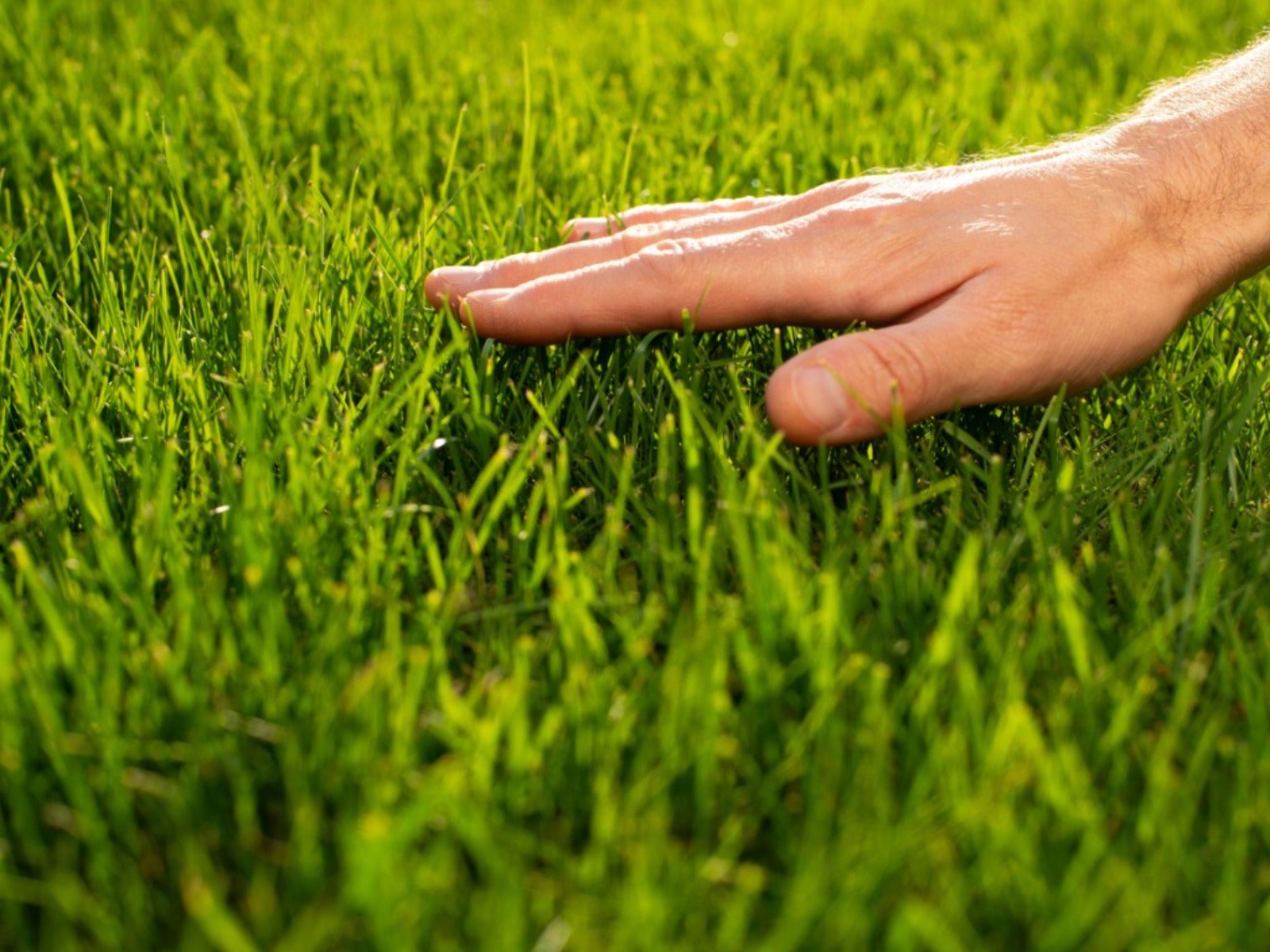 How To Grow A Sustainable Lawn
How To Grow A Sustainable LawnAdjust your thinking about a perfect green lawn and consider more sustainable methods. Click here to learn how.
-
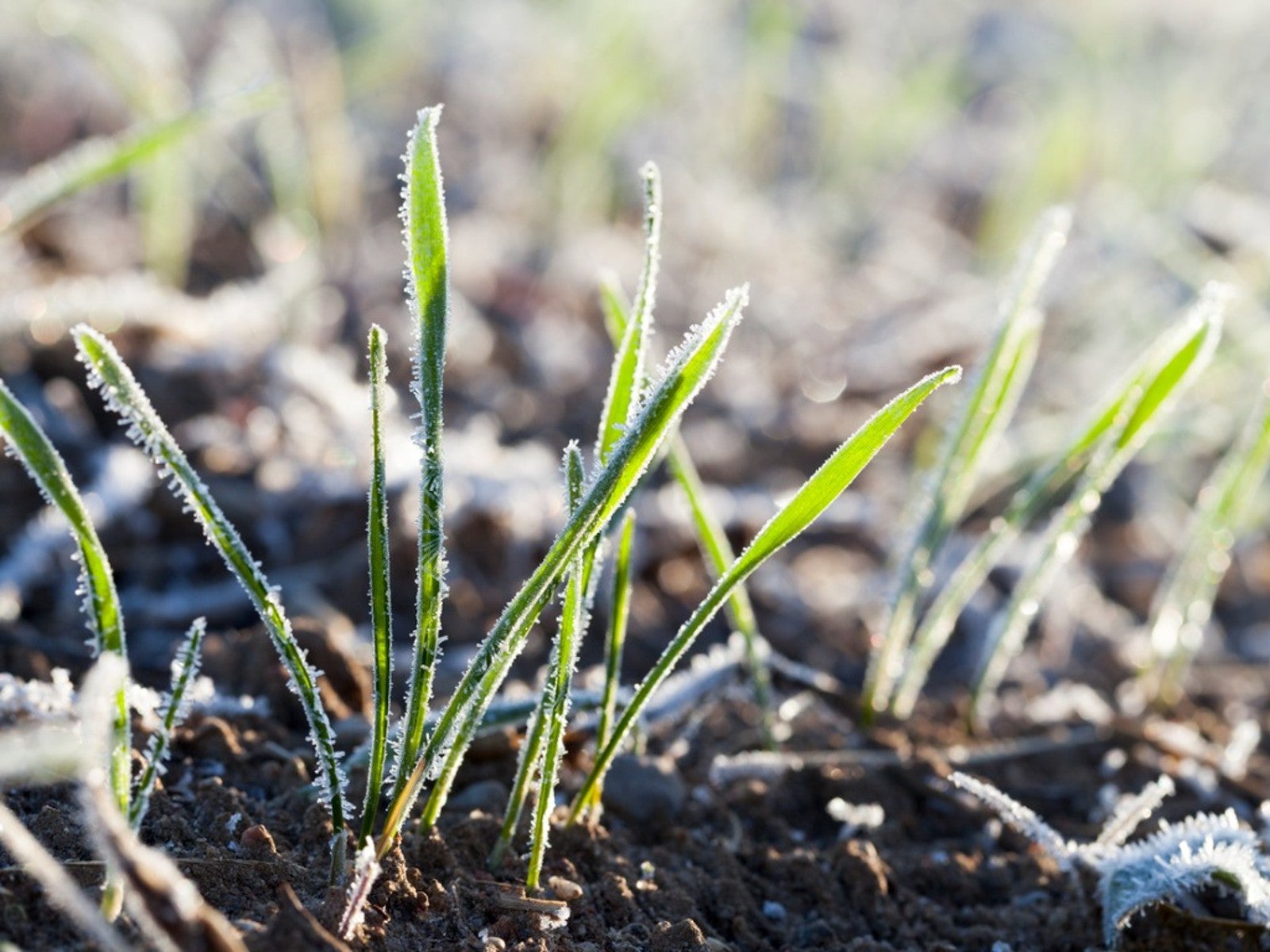 Will Frost Kill Grass Seed And How To Help New Turf Survive
Will Frost Kill Grass Seed And How To Help New Turf SurviveLearn how to help your newly sown grass survive frost and freezing weather.
-
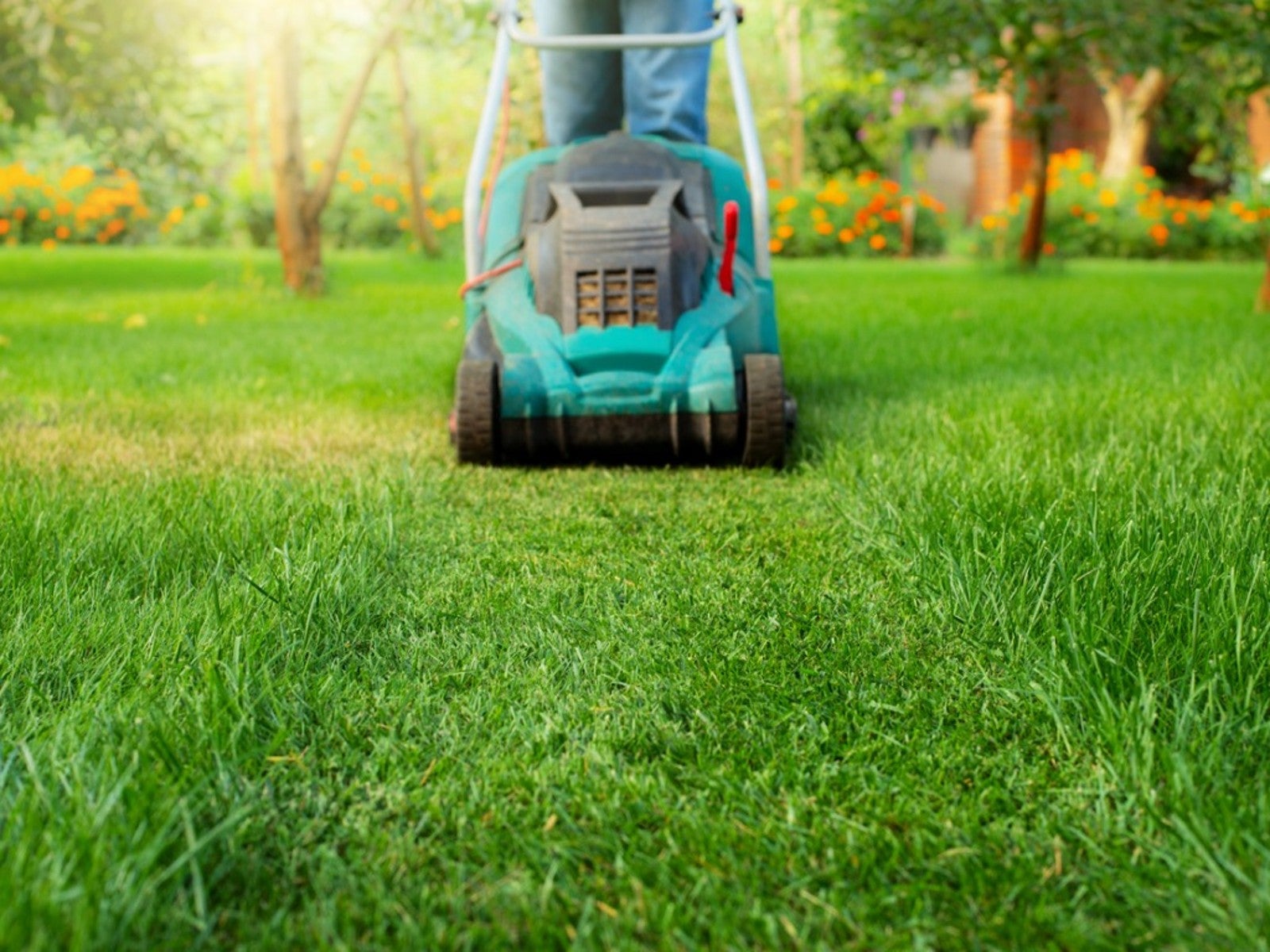 Lawn Problems That Aren’t Really Problems
Lawn Problems That Aren’t Really ProblemsYour lawn may not require as much work as you think. Learn which common problems aren’t really problems.
-
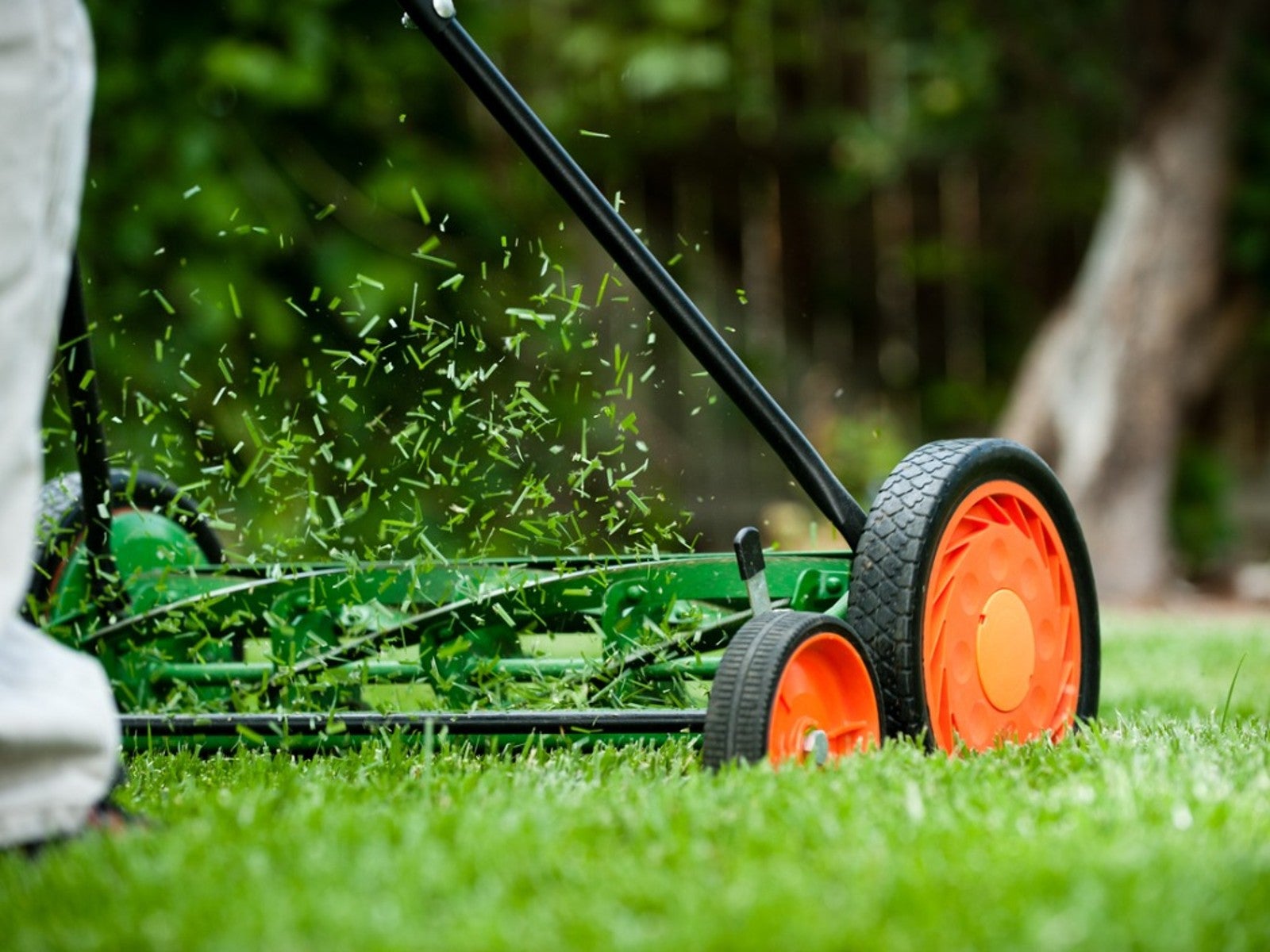 Why A Manual Push Mower Is Good For You And The Environment
Why A Manual Push Mower Is Good For You And The EnvironmentReel mowers are making a comeback, but why? Click here to learn about reel mower pros and cons.
-
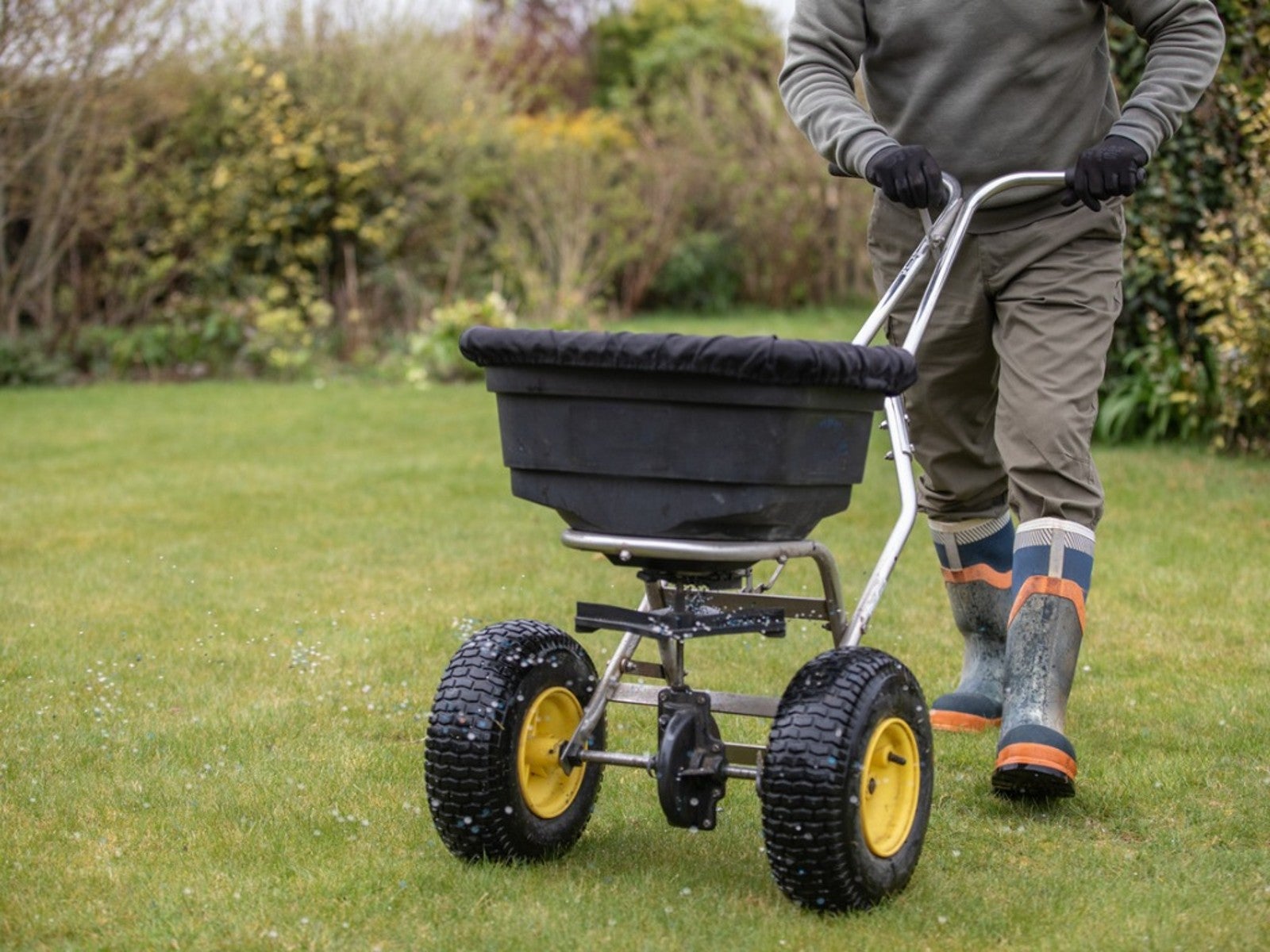 Fertilize Grass In Fall For A Lush Lawn In Spring
Fertilize Grass In Fall For A Lush Lawn In SpringFor everything you need to know about fertilizing your lawn in the fall, click here.
-
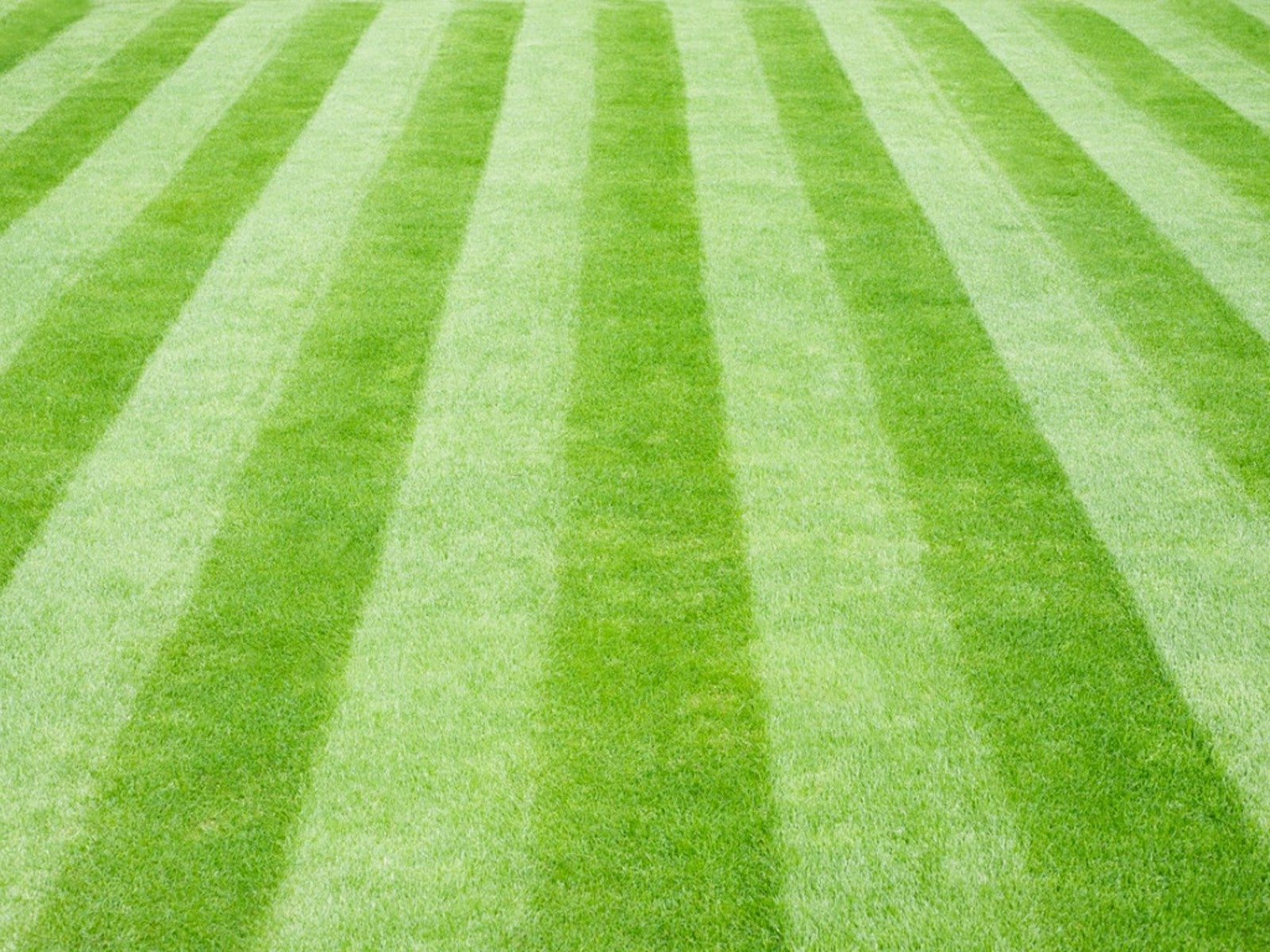 Tips For Mowing Stripes In Lawn
Tips For Mowing Stripes In LawnWouldn’t it be great to have stripes in your lawn like a sports field? Learn how here.
-
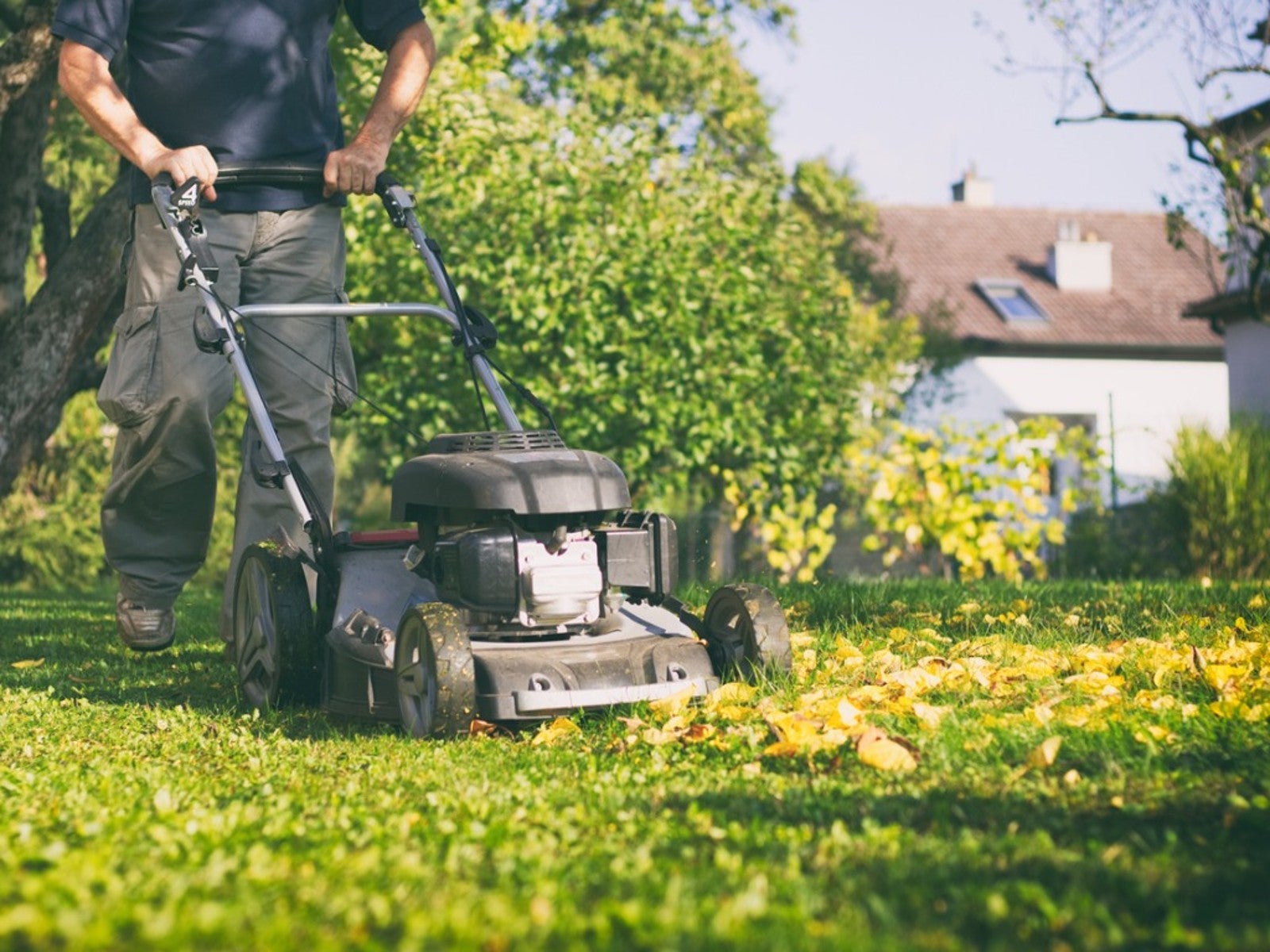 Late Summer Lawn Care Checklist
Late Summer Lawn Care ChecklistPlan to do some late summer care and maintenance of your lawn so it will be healthy and beautiful in the spring. Here are some tips.